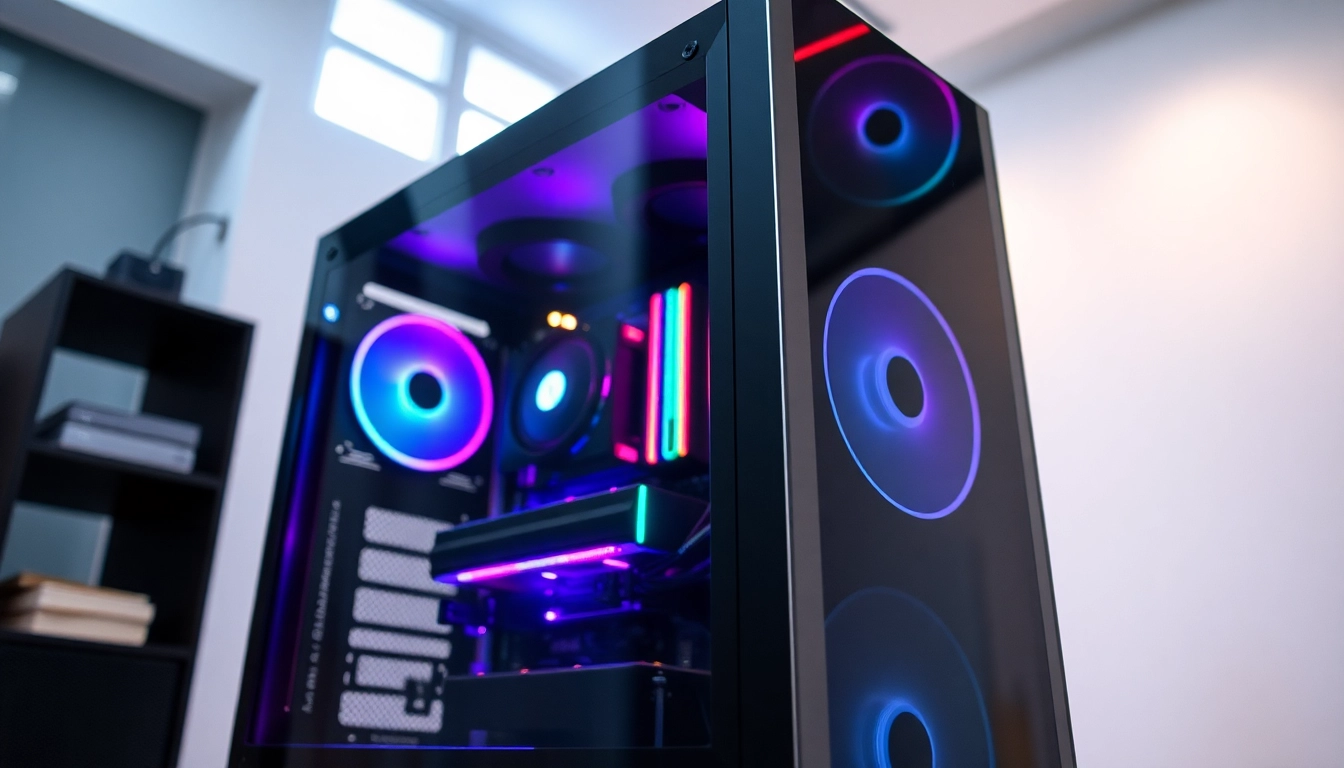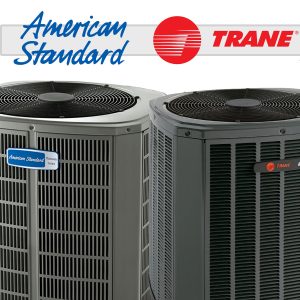Premium PC CASE Supplier: Elevate Your Gaming Experience with Top-Quality Designs
Understanding PC Cases: A Comprehensive Guide
In the realm of computer assembly, understanding the significance of a PC CASE Supplier is paramount. A PC case serves as the backbone of any custom-built system, housing not only the essential hardware components but also influencing cooling performance, aesthetics, and user accessibility. In this comprehensive guide, we explore what PC cases are, their types, key features, and how to choose the right one for your gaming or workstation needs.
What Is a PC Case and Why Is It Important?
A PC case, or chassis, is the enclosure used to protect and house critical components of a computer, including the motherboard, power supply, storage drives, and cooling systems. The importance of a PC case cannot be overstated due to several factors:
- Protection: A sturdy case protects internal components from physical damage, dust, and other environmental factors.
- Cooling: Efficient airflow is crucial for maintaining optimal temperatures for CPUs and GPUs. Various designs facilitate better ventilation and cooling systems.
- Expansibility: Many cases come with multiple expansion slots and bays, allowing for future upgrades and modifications.
- Aesthetics: A well-designed case enhances the visual appeal of a build, which is increasingly important for gamers and creators alike.
Different Types of PC Cases Explained
Understanding the different types of PC cases can help you make informed decisions based on your needs. Common types include:
- Full Tower Cases: These provide ample space for larger components and superior cooling, making them ideal for high-performance builds.
- Mid Tower Cases: A popular choice, offering a balance between size and expandability, suitable for most builds.
- Mini Tower Cases: Compact and ideal for smaller setups, though they may limit expansion options.
- MicroATX and Mini-ITX Cases: Designed specifically for smaller motherboards, these cases are excellent for space-saving builds.
- Desktop Cases: Often used for professional or media center setups, providing a flat design rather than standing tall.
Key Features to Look for in a PC CASE Supplier
When searching for a reliable PC CASE Supplier, consider the following key features:
- Material Quality: Look for durable materials such as steel or aluminum, which enhance longevity and stability.
- Cooling Options: Ensure the case supports efficient cooling methods, including space for fans and radiators.
- Cable Management: Well-designed cases offer features that facilitate better cable organization, improving airflow and aesthetics.
- Compatibility: Confirm that the case can accommodate your motherboard size and other components.
- User Reviews: Check the feedback and experiences of other customers regarding the supplier’s products.
Choosing the Right Case for Your Needs
Understanding Size and Compatibility: ATX, Micro ATX, and Mini ITX
The size of your motherboard significantly influences your choice of PC case. Understanding the variations can aid in selecting the most suitable one:
- ATX: Larger boards commonly used in gaming and workstation builds, requiring a full-size or mid-tower case.
- MicroATX: A smaller size than ATX, allowing for more compact builds without sacrificing many components.
- Mini-ITX: The smallest of the three, ideal for ultra-compact builds; however, compatibility is limited due to reduced space.
Cooling Solutions: Air Flow vs. Liquid Cooling
Cooling is a primary concern for many builders. The choice between air flow and liquid cooling systems dictates not only performance but also the type of case suitable for your requirements:
- Air Cooling: The most common approach, relying on fans to circulate air. Cases with good airflow designs often have vents and space for multiple fans.
- Liquid Cooling: More efficient at dissipating heat, liquid cooling requires specific case compatibility for radiators and water blocks. Look for cases that support additional mounting options if you plan to use this method.
Customizability and Aesthetics in Your PC Case
Customization has become a crucial aspect of building a personal computer. Many enthusiasts want their builds to reflect their style and preferences:
- Removable Panels: Cases with tempered glass or acrylic panels allow for display of internal components.
- RGB Lighting: Integrated lighting systems can enhance the visual appeal and allow synchronization with other components.
- Modular Components: Features that allow you to adjust layouts can enhance customizability for fans, drives, and other hardware.
Top Brands in the PC Case Market
Leading Manufacturers: Who to Trust as Your PC CASE Supplier
When it comes to selecting a PC case, brand reputation plays a crucial role. Here are some leading manufacturers known for their quality:
- Corsair: Known for sleek designs and high-performance cases, they offer a wide range of options suitable for gamers.
- Thermaltake: Specializes in cases with exceptional cooling potential as well as unique designs.
- Lian Li: Offers premium aluminum cases that are both aesthetically pleasing and durable.
- NZXT: Famous for their modern aesthetic design, NZXT cases come with features tailored for gamers.
- Fractal Design: Known for minimalist cases with excellent airflow and versatility.
Comparing Features: Corsair, Thermaltake, and Lian Li
Each of the leading brands offers unique features that cater to different user preferences:
Corsair
Corsair’s cases often feature advanced cooling technologies, RGB lighting, and modular layouts. Models like the 4000D series offer great airflow and excellent build quality.
Thermaltake
Thermaltake excels in custom cooling solutions, often providing cases designed for liquid cooling with ample radiator support. The Tower series is particularly popular among high-performance builders.
Lian Li
Lian Li is synonymous with high-quality aluminum construction. Their cases are lauded for their build quality and aesthetic appeal, particularly for users who prioritize sleek designs and custom air flow solutions.
Customer Reviews: What Users Are Saying
Customer feedback is invaluable in assessing the suitability of a PC case. Buyers appreciate good airflow, aesthetics, and ease of assembly in their reviews. Brands that consistently receive praise often excel in customer service and support, making them reliable choices for novice and experienced builders alike.
Installation Tips for Your New PC Case
Step-by-Step Guide to Building Your PC
Building your own PC can be a rewarding experience. Follow this step-by-step guide for a successful installation:
- Gather Your Components: Ensure you have all necessary components, including your PC case, motherboard, CPU, GPU, RAM, power supply, and storage drives.
- Prepare the Case: Remove panels, install standoffs, and attach any pre-installed fans or RGB components.
- Install the Motherboard: Carefully place the motherboard in the case and secure it with screws. Ensure all ports line up with rear I/O shield.
- Insert the CPU and RAM: Follow your motherboard manual for proper CPU seating, and insert the RAM into the designated slots.
- Connect the Power Supply: Install the power supply and connect power cables to the motherboard, GPU, and drives.
- Install Storage Drives: Secure SSDs and HDDs in their respective bays, connecting them to the motherboard.
- Manage Cables: Tidy up cables to optimize airflow and make your build visually appealing.
- Close the Case: Once satisfied with the internal assembly, secure the panels back onto the case.
- Test the System: Power on the computer to ensure everything works as intended.
Common Mistakes to Avoid During Installation
Even seasoned builders can make mistakes. Here are common pitfalls and how to avoid them:
- Forgetting Standoffs: Properly installing standoffs is crucial for preventing motherboard damage.
- Overtightening Screws: This can strip threads or damage components. Tighten securely but avoid excessive force.
- Poor Cable Management: Neglecting cable organization can block airflow and impede cooling performance. Plan your cable routing ahead of time.
- Ignoring Compatibility: Always double-check the compatibility of components before purchase to ensure everything fits.
Enhancing Airflow and Cable Management
Effective airflow and cable management can significantly improve system cooling and performance:
- Plan Airflow Direction: Ensure that fans are set up to create a consistent airflow path, ideally front-to-back or bottom-to-top.
- Utilize Cable Ties: Use zip ties or Velcro straps to keep cables organized and out of airflow paths.
- Invest in Modular PSUs: A modular power supply allows you to use only the cables you need, reducing clutter.
Where to Buy High-Quality PC Cases
Online vs. Brick-and-Mortar: Pros and Cons
Both online and physical stores offer advantages in sourcing PC cases:
Online Shopping
Online stores typically provide a wider selection and often feature customer reviews, which can guide your choice. However, shipping times and potential return complications should be considered.
Brick-and-Mortar Stores
Physical retail stores allow you to see cases in person, which can help in assessing build quality. They also provide immediate gratification, but selection may be limited compared to online marketplaces.
Evaluating Your Local PC CASE Supplier Options
When selecting a local supplier, consider their inventory, pricing, and customer service. Establish a relationship with suppliers who specialize in PC components, as they can provide valuable guidance and support.
Special Deals and Discounts: How to Save on Your Next Purchase
Many suppliers offer promotions, student discounts, or loyalty programs that can significantly reduce costs. Additionally, shopping during seasonal sales can yield substantial savings on PC cases and components.














Post Comment